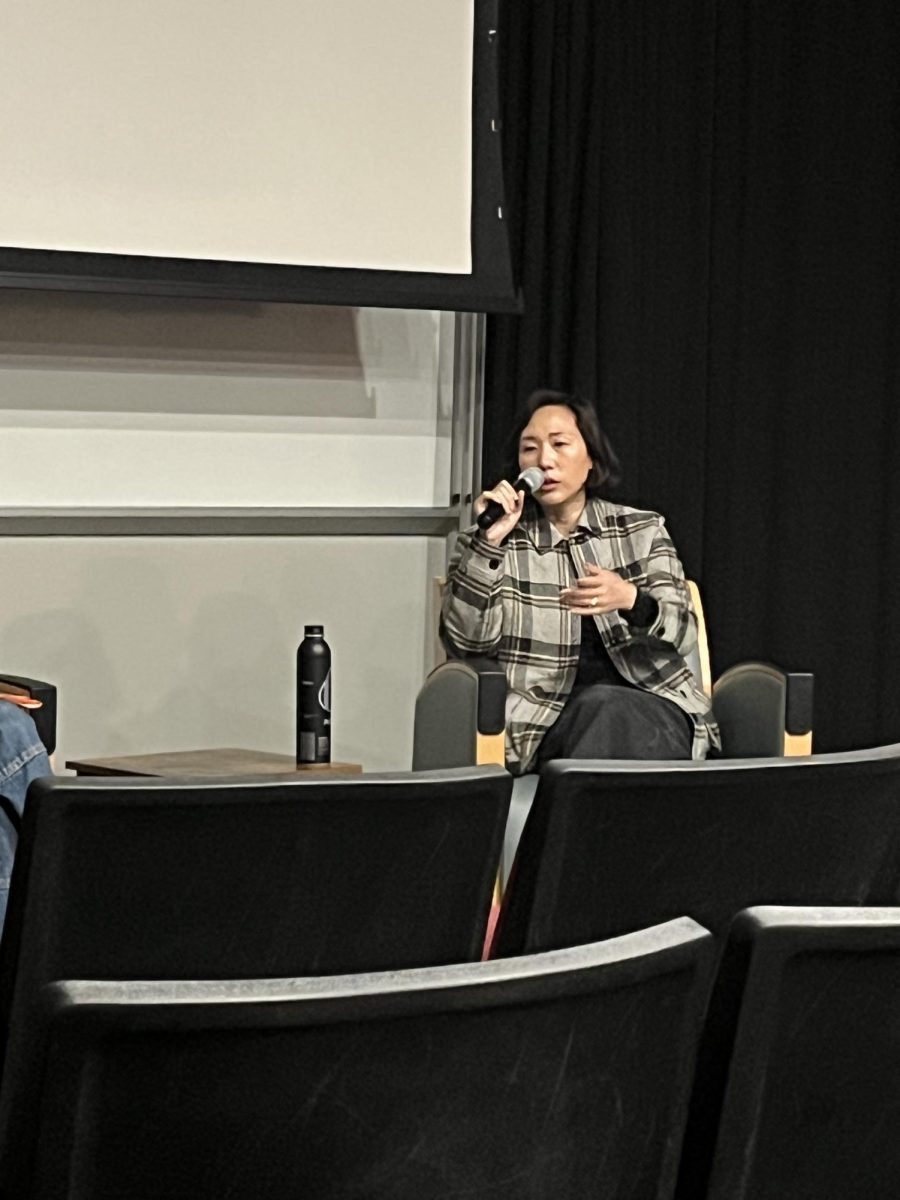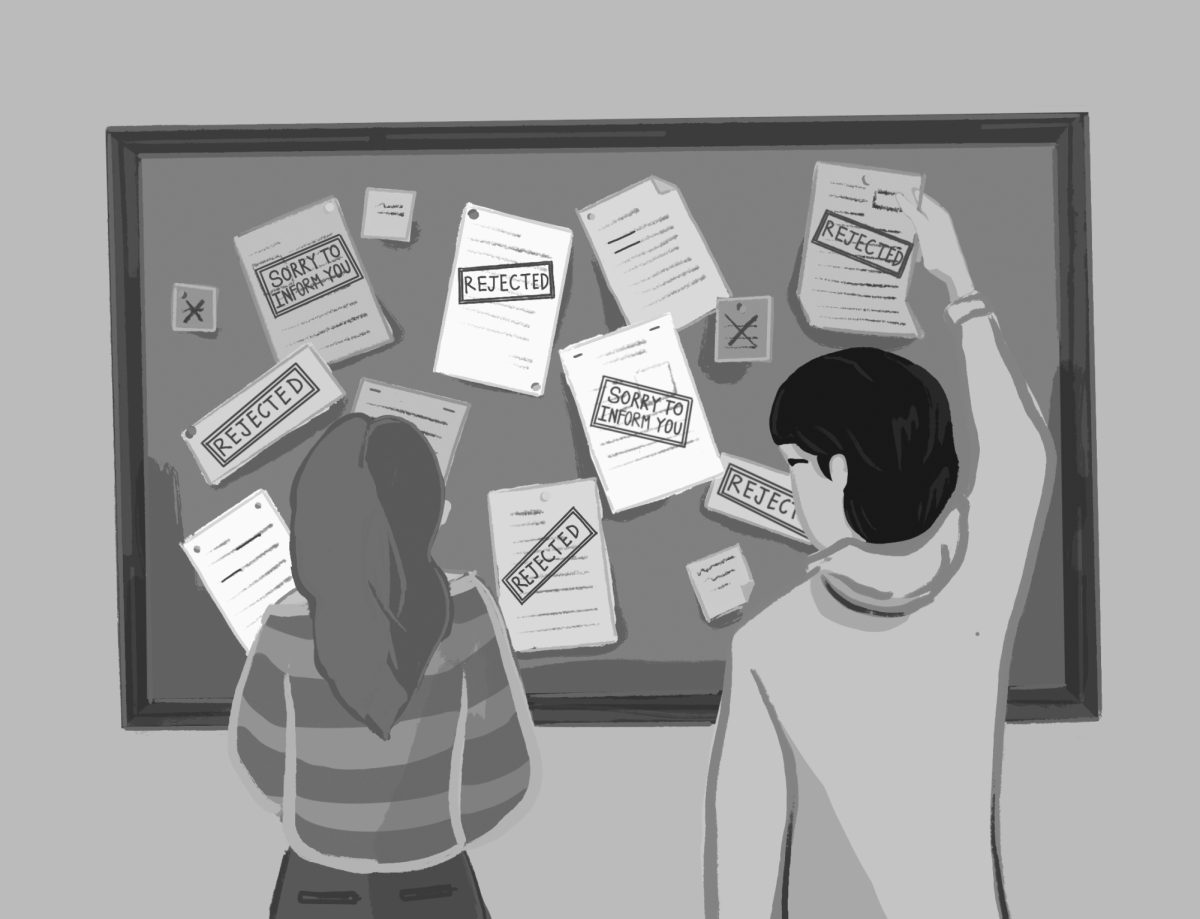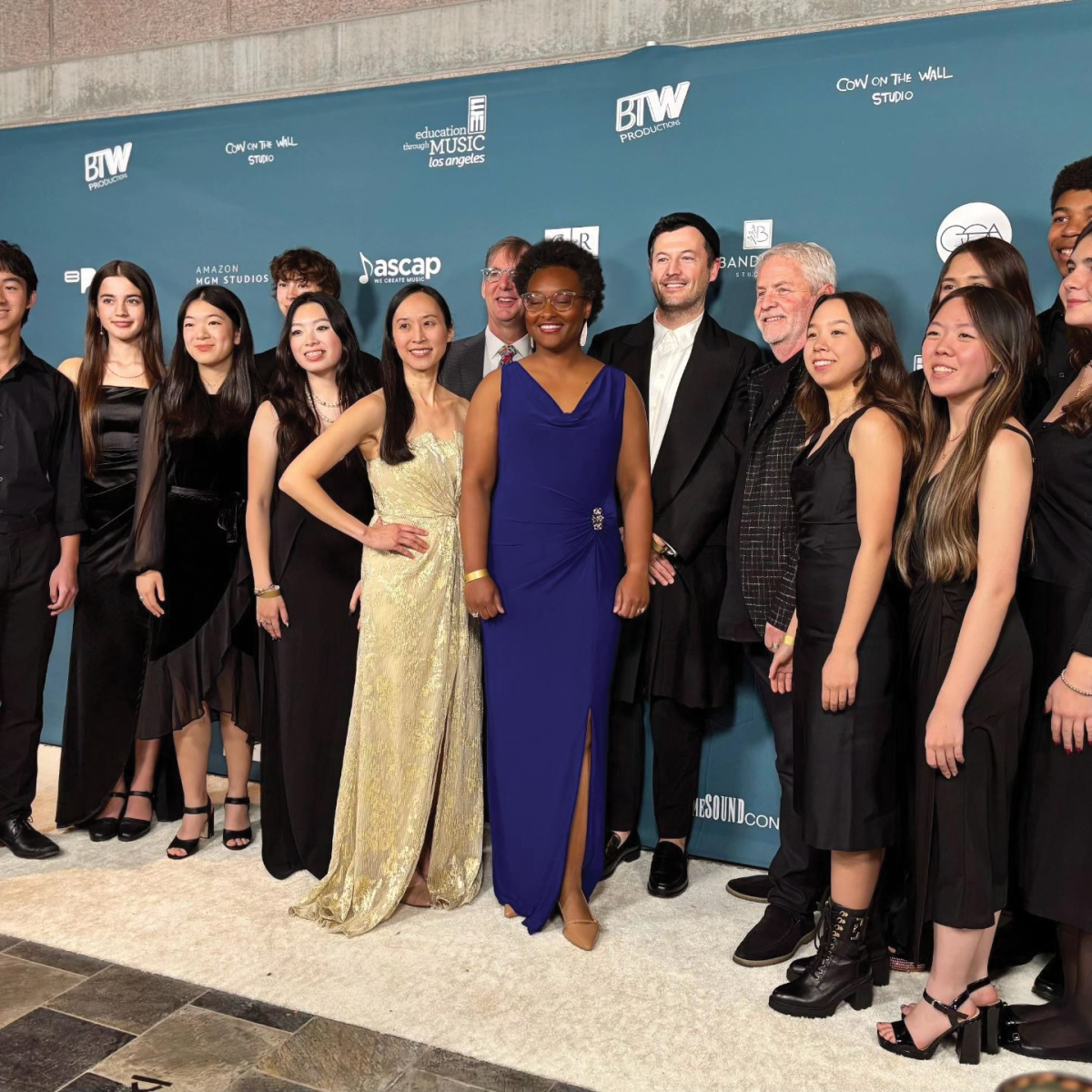By Claire Hong
Nikki Volpert ’12 has been making study guides to help herself study for her midterms and finals since the ninth grade. This year was the first time she tried to sell them because other students always manage to get them, she said.
“I kind of figured that this year I would keep track of who had it and make profit from the hours I worked on it and all of the paper and ink I had to use to print them out,” she said. “I only ended up selling like two copies and giving the rest out for free.”
Devon Breton-Pakozdi ’12 also tried to sell his history study guide in 10th grade. He had difficulty selling them due to school policy, which prohibits him from selling anything on campus in exchange for money that is not school sanctioned, such as club bake sales that raise money for charity. He decided to give them away and hasn’t written any to give out since.
“The school’s policy against cash transactions on campus made it clear to me very quickly that selling them would be very difficult,” he said. “Eli [Haims ’12,] with whom I made a history study guide that year, and I ultimately ended up giving away many copies of our study guides for free to any students who wanted them.”
Although some students who got his study guides expressed concern of receiving wrong information, he said that was not a concern for him.
“Concerns about factual accuracy, while not troubling to us, were issues for people to whom we gave the study guides,” he said. “We wrote much of the study guides late at night and at stressful times, the weekends before finals, and I wouldn’t be surprised if some mistakes snuck their way in.”
“I usually just copy down my notes, adding facts from our textbooks, so I’ve never been too worried that the information I wrote was wrong considering they came from pretty credible sources,” Volpert said. “I have obviously made typos that people make fun of, but that’s pretty much the only thing that I’ve been worried about.”
Breton-Pakozdi also realized that while his study guides helped him study, his classmates did not always find them beneficial.
“I soon realized that the formatting and shorthand I used were very personal,” he said. “While they worked very well for me, a number of people commented that even reading the study guide at all was a real challenge for them.”
Breton-Pakozdi said he figured out other ways to study with his classmates so that everyone involved could benefit.
“I feel that the best way to deal with the problems of student-created study guides is through committed use of tools such as Moodle, GoogleDocs and class-specific websites,” he said. “In this way, everyone is held accountable for the work they put in, but that work can take place whenever is convenient for them.”
Many students take advantage of the study guides made by their classmates, but others object to receiving them.
“I would rather make my own study guide than buy one,” Brenda Flores ’13 said. “I learn a lot more typing up my own notes and organizing it myself compared to memorizing the information on another person’s study guide.”
This year, Volpert found it particularly helpful to make study guides.
“Especially for art history, making them forced me to place the paintings, sculptures and architecture with the correct artists and eras,” she said.



























